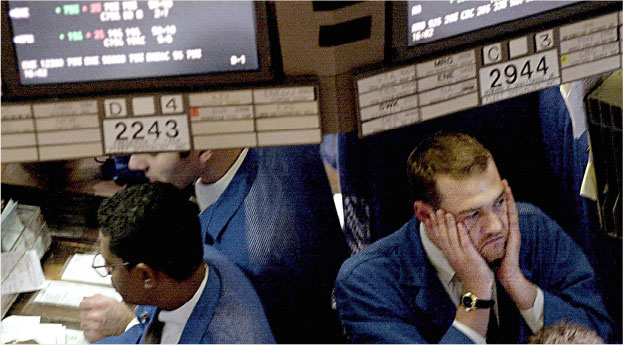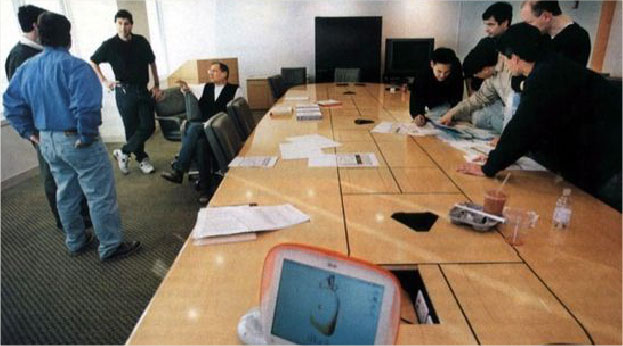From: Paul Jacobs
Sent: Friday, February 01, 2002 3:39 PM
To: Bahar Tanveer; Victoria Grahame; Gary Springer;
Paul Jacobs; Amit Patel; Ravi Chowdury
Subject: Progress Report
We have had a big week at th e company and I wanted to share with
the board a recap of our progress. Monday and Tuesday we hosted
Capitalize as part of the due dilligence process for the
divestiture of our ASP hosting business. Those meetings went very
well, and we have mutual commitment to try and complete that
transaction by the 15th of February. I think that date has some
risk, but the transaction has high probablility. During a meeting
with the Bullseye team (I-Stock) I briefed them on the Capitalize
opportunity, and they were supportive.
We had our field sales team in for training all week. As part of
that event we did product training, competitive analysis, partner
orientations, sales process training, rolled out a pipeline and
forecasting system, assigned territories, and delivered
compensation plans.
As part of the sales training event, we rolled out our new
corporate positioning presentation. I will forward a zipped copy
of the presentation under separate cover. The sales team was
trained, and role played the delivery during our training event.
Ravi and I met with several investors including Moon, Bullseye,
Tempest, and East Software. The response to our new strategy is
being received well, and investors appreciate the aggressive
approach to cost control as the business moves through its
strategy transition.
And most importantly, the big win for this week is our first
signed customer order from BioSoft in Cambridge, MA. The order
calls for 400 seats of our mobile application for PSystems, and a
$100,000 dollar consulting agreement to deliver an integration to
MyNotes databases on field seller's laptops. In total the deal is
worth approximately $300K in the first half of this year.
Our current goal is to realize half of the order in revenue this
Q. The deal includes a firm order for a software drop that gives
us a net 30 receivable of just under $100,000. This is very
encouraging because we have a real customer! We didn't have to
give the first one away....the product will ship on Tuesday.
The next area of focus is to ensure we implement the cost control
assumptions in the operating budget and achieve the objectives
laid out in the dashboard reports. I'll look forward to being in
touch along the way.
Have a great weekend,
Best,
Paul Jacobs, President & CEO
AuroraTec, Inc.










